The new Audi A6 Avant was available from retailers from June 2011. In its fourth edition, Audi kitted out its successful model with five direct-injection engines, two petrol engines and three TDI. They delivered between 130 kW (177 hp) and 220 kW (300 hp). This was followed a short time later by a 3.0 TDI with biturbocharging and 230 kW (313 hp). To boost efficiency, all engines operated with Audi’s innovative thermal management system, an energy recovery system and a start/stop system.
The Audi A6 led the way when it came to connectivity: In cooperation with Google, online services were added to the car, including a POI search using voice commands. A WLAN hotspot allowed passengers to access the internet.
But the Audi A6 set new standards in particular when it came to the driver assistance systems. The systems were closely linked together and to other systems in the vehicle – this made them extremely capable and versatile. The corresponding control units were connected together by the highly modern and rapid FlexRay bus system. This made it possible to control the driver assistance and suspension systems very precisely. The core component of the driver assistance systems was the new adaptive cruise control with stop & go function (ACC). It utilised the data from four radar sensors, a video camera and the ultrasonic sensors, incorporated navigation data and analysed a multitude of additional signals - from the activity of the turn signals and the steering angle to trailer detection. Its functions ranged from automatic stop & go in rush-hour traffic to the electronic monitoring of driving at top speeds of 250 km/h on the motorway.
The electromechanical power steering in the Audi A6 allowed the use of two new assistance systems. One of them was Audi active lane assist, which uses a camera to detect the lane markings on the road and intervenes gently in the steering to steer the car back on course. The second innovation was the park assist system, which was the top version of Audi's three parking aid systems. It utilises ultrasonic sensors that detect parallel and horizontal parking spaces at the side of the road while driving slowly. If a space is large enough, the system takes over parallel parking at the push of a button; the driver only has to apply the gas and brake.
Fitted with all these systems, the A6 was the ideal platform for the engineering prototype “connected drive” which is on display. Upgraded with additional electronic components in the spacious rear of the Avant, it was used to test “piloted parking”. In the future, this assist system – which is also known as the garage pilot and is a subsection of autonomous driving – is intended to allow automobiles to park themselves in multi-storey car parks:
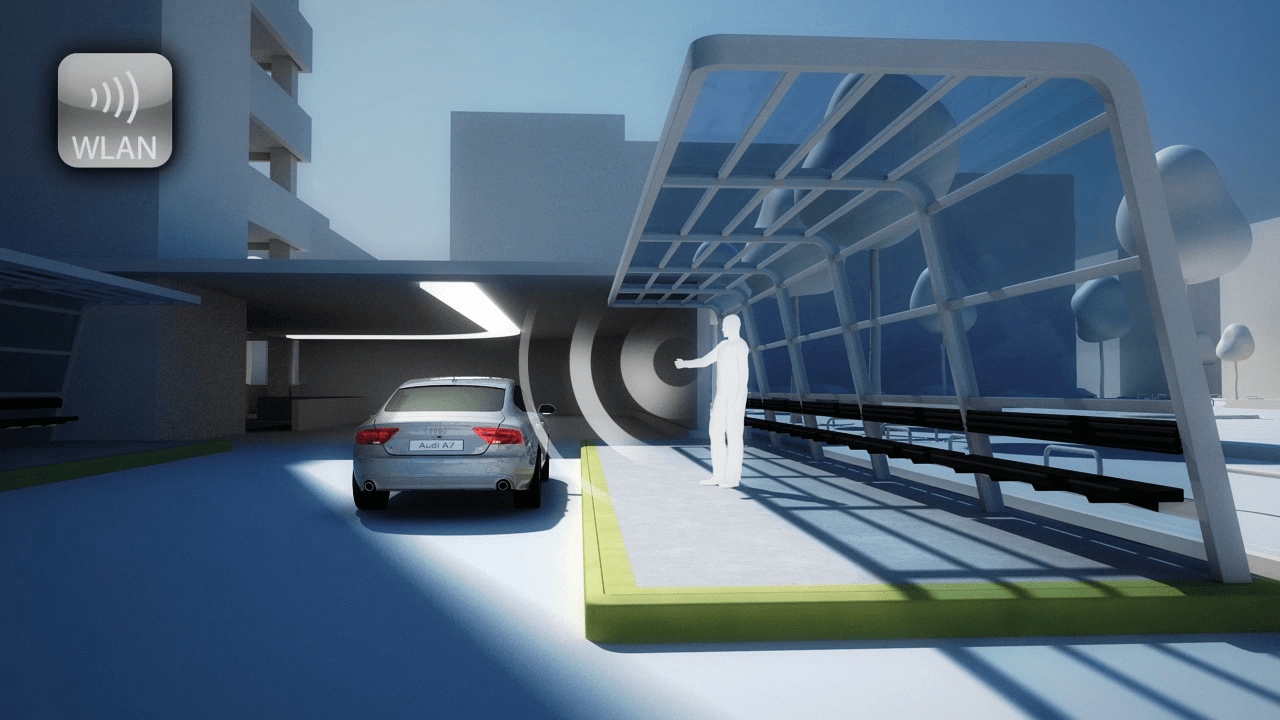
To do this, the driver parks their Audi in the entrance to the car park, gets out and issues the command to park via their smartphone or the car key.
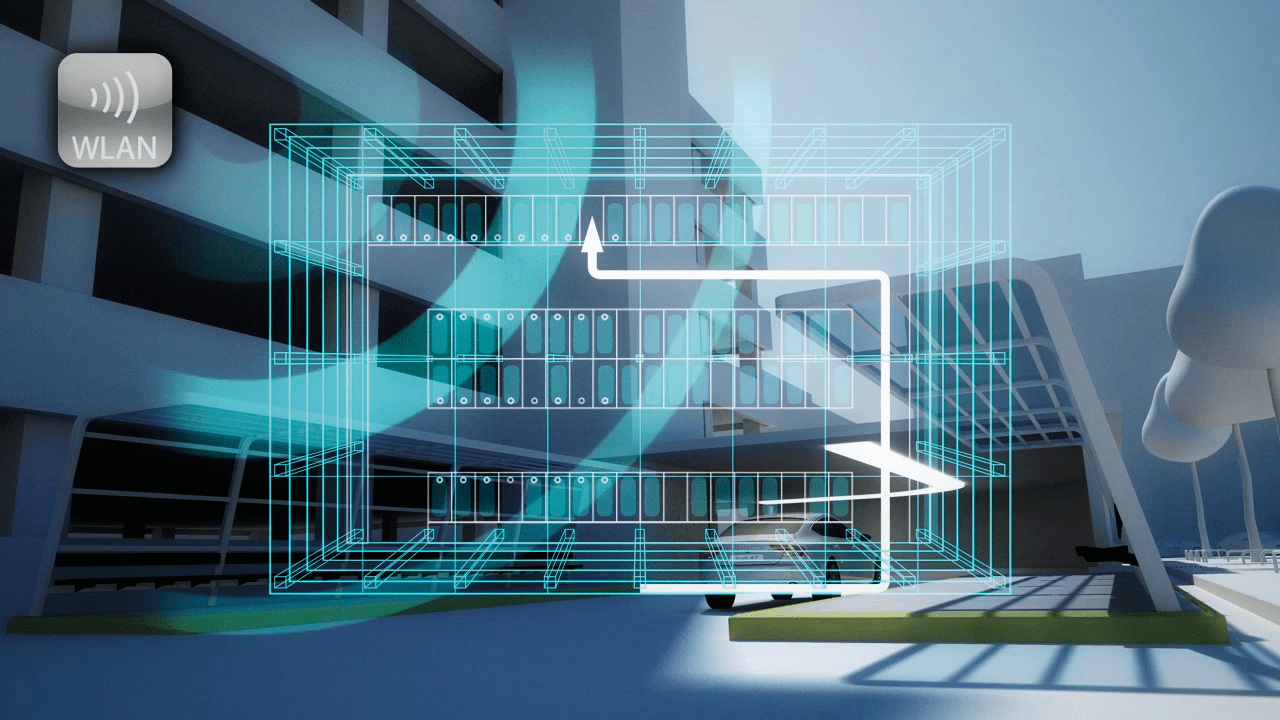
Various systems then link together. A central control unit which controls the parking process is installed in the car park. Via a secure WLAN connection it establishes contact with the Audi at the entrance and retrieves its most important data, such as the type and therefore the dimensions or even services that the customer requests, for example charging if the vehicle is an electric vehicle.
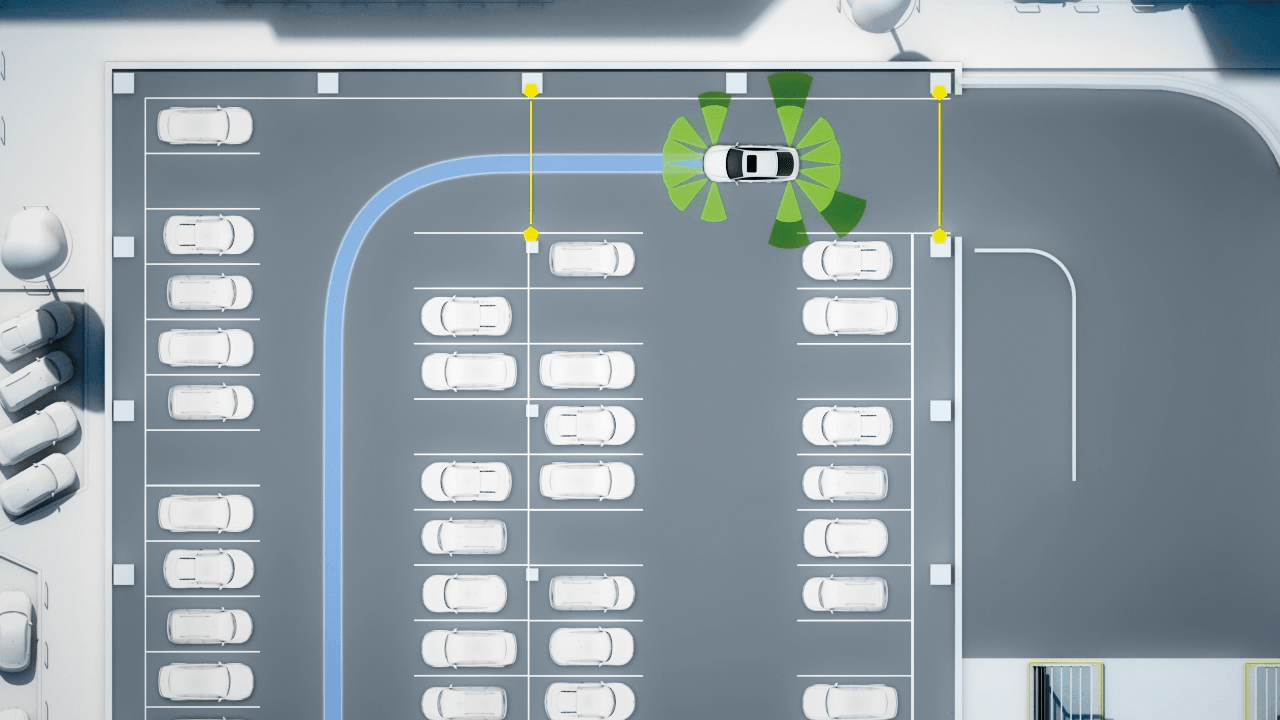
During its driverless movement through the car park, the car is able to find its location thanks to standard sensors and a map which is provided by the car park. At the same time, the car park monitors the process using high-precision Lidar laser sensors. For the further “route planning”, the computer calculates where the nearest suitable parking space is and sends a schematised route map to the car. The system operates with 1000 times greater precision than a navigation system.
The digital guideline which is produced controls the electromechanical steering of the A6. It travels along this route to the designated parking space at five to ten kilometres per hour. An intelligent algorithm combines all the data to create an image of the surroundings and compares this with the route map. If there is an impending obstacle or collision, the Audi stops immediately. This also happens if contact with the central computer is lost.
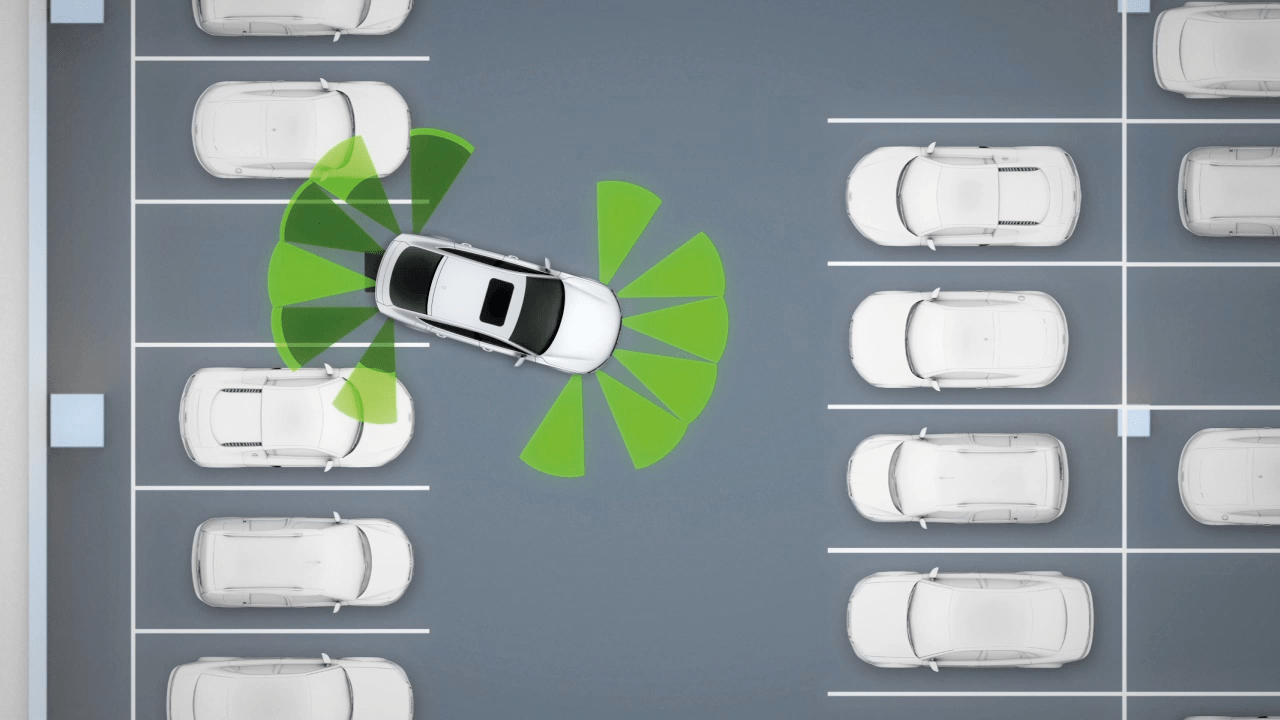
Once the car gets to the parking space, an advancement of the park assist system which is already offered as standard performs the parking manoeuvre. The car drives into the free space and switches off automatically.
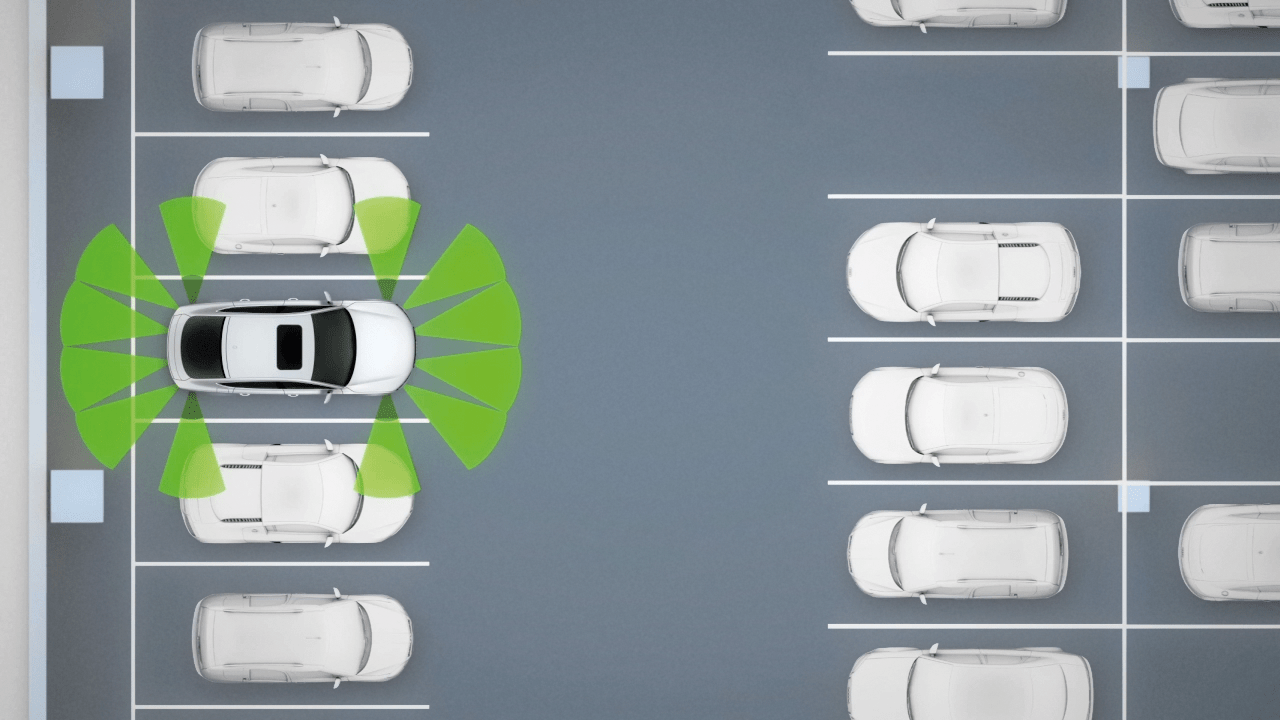
When the driver wants to collect their car again, they issue an instruction on their smartphone to the car park computer to send the car back to the exit. Their Audi then automatically drives to the exit. The parking fee is debited automatically.
During tests in a multi-storey car park in Ingolstadt, the garage pilot in the A6 “connected drive” showed that it already worked reliably. However, it will be some time before it is ready for use in production vehicles. This is primarily down to the comprehensive infrastructure that still needs to be established with the corresponding technical equipment in the car parks and the need to create the appropriate statutory framework. The Audi A6 “connected drive” would already be equipped for this now.
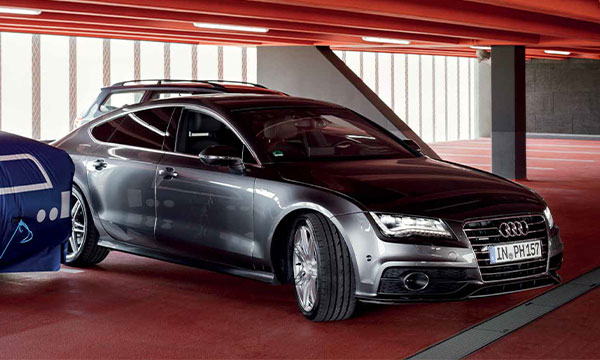
Technical data
| Engine | V6-cylinder petrol engine made from aluminium with direct fuel injection, DOHC, mechanical turbocharging module with two intercoolers | ||||||||
| Capacity | 2,995 cc | ||||||||
| Power | 228 kW / 310 hp at 5,500 rpm | ||||||||
| Torque | 440 Nm at 2,900 rpm | ||||||||
| Gearbox | 7-speed S tronic direct shift gearbox with electrohydraulic actuation | ||||||||
| Transmission | Permanent quattro all-wheel drive with crown gear centre differential and torque control for individual wheels | ||||||||
| Dimensions |
|
||||||||
| Tare weight | 1,790 kg | ||||||||
| Top speed | 250 km/h (limited) |